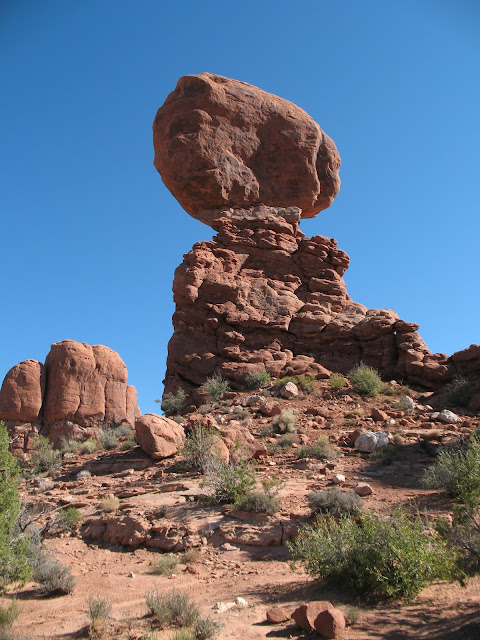
Meet a mustang...Loren
I’m working for Patricia and John Irick, mostly for Pat. She takes in mustangs fresh off the range and trains them for adoption. I’ll talk more about this arrangement in a subsequent blog.

Some of the ranch buildings
The ranch house is actually an old school building from the 50’s which was built when El Paso Natural Gas had fairly large crews in the area. It was closed in the '70s. Pat and John bought it about 15 years ago and Pat started her mustang training. The location is spectacular…right out of a Tony Hillerman novel, even with pictographs just half a mile from the ranch. If you want to see where it is, the coordinates are 36° 28.765'N 107° 31.614'W.

My first ride...at the ranch, on a hinny and on Crackers. A hinny is a mule
with a donkey for a mother and a horse for a father.

Crackers dashboard
Pat and John are great people and this is a tremendous learning opportunity for me. I’ve only seen mustangs and of course never worked with then. Now already I’m working with four horses that just came off the range and three more that have been here about two weeks.

Loren gets adopted and meets his new owner.
Pat is teaching him some of her unique training techniques.
The goal of the training is to have the horse comfortable enough with humans that they can be handled by them. Petting all over their bodies, allowing the picking up of their hoofs, willing to be haltered and led and respond to basic commands like “walk on”, "whoa" and "back." This can be accomplished in as little as three or four weeks.

Pat is teaching me some hand and voice commands. Here I work with the horse Cisco with commands for him to go forward, turn around, trot and stop.
People who adopt them then can start the process of training them to be ridden. (I carefully avoid the word break here, al la Monty Roberts.)

Meeting Prince Albert. He is a beautiful horse that's been
here only two weeks and is already "finished" his basic training.
He is already spoken for. What a horse!
I’ve never trained a horse from scratch, let along worked with a horse that just weeks before was wild. I can’t think of another animal where this is possible. We start with hand feeding the new horses. They learn very quickly. Soon you can touch them in the feeding process and then you can ask them to do something, like touching their nose to two extended fingers and reward that action with a handful of hay.

Here I meet Phillip and halter him.
Phillip has only been here for a little over two weeks.
He is a very fast learner.
Pat takes the training further than the minimum requirements and includes handling of the hoofs, knowing some word commands and even trailer loading...It all very, very exciting!
The horses that have been here for about two weeks are beautiful. The cutest one is a little horse named Phillip (above), probably only 13 hands tall but young enough to grow some. He’s a bay with a beautiful blaze. I worked with him today and he already knows how to be lead and respond to verbal commands. He’s also very affectionate.
Four horses arrived the same day I did and Pat asked me to name them (a privilege of a volunteer.) They are Little Star, Champi, Victoria and Blazette. Champi left eye was injured and has swollen almost closed. Even though this horse was in the wild just weeks ago, Pat, with her knowledge of how horses think was able to medicate the horse (with a little help from me.) The swelling is already going down.
I’m sure there will be lots more to tell as my relatively short time here progresses.





































